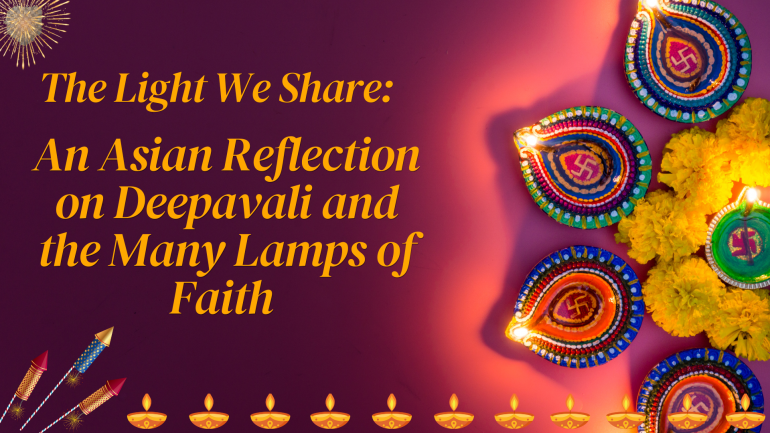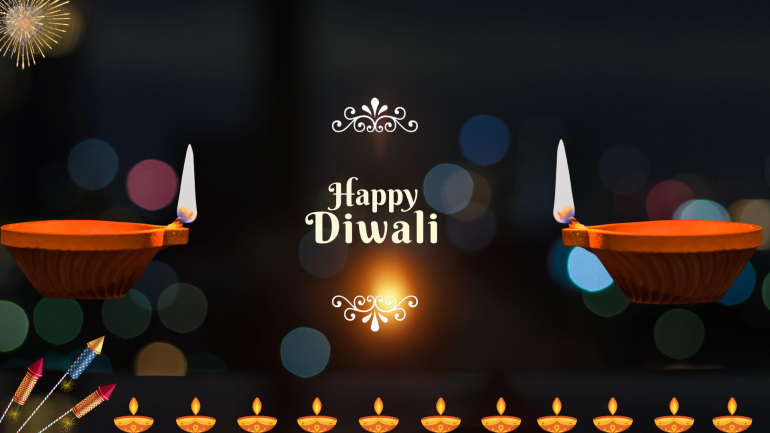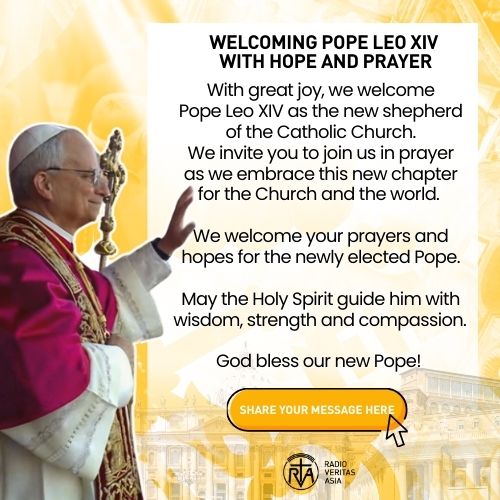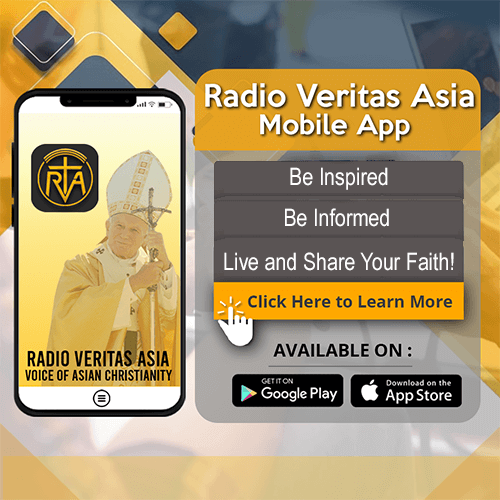The Light We Share: An Asian Reflection on Deepavali and the Many Lamps of Faith

In a world often dimmed by division and despair, Asia’s festivals of light remind us that every faith, Hindu, Buddhist, Muslim, Taoist, and Christian, shares a single flame: the hope that darkness will never have the last word.
In every corner of Asia, light is more than a physical glow; it is the language of the divine. It flickers in temples, mosques, churches, shrines, and homes, casting warmth on the faces of people who, though different in faith, share the same human yearning, to be guided, to be renewed, to be free of fear.
As the Hindu community prepares to celebrate Deepavali, the festival of lights, the world pauses once again before that ancient, radiant truth: that light and goodness will always triumph over darkness and ignorance. Yet, as the Vatican’s message this year reminds us, the true brilliance of Deepavali lies not in its lamps or fireworks but in its invitation to illuminate the human heart through peace, friendship, and dialogue.
Light that Unites, not Divides
It has been sixty years since the Second Vatican Council issued Nostra Aetate, the Catholic Church’s landmark declaration on interreligious dialogue. It urged Christians to “recognise, preserve and promote the good things” found in all faiths, a call that rings more urgently today in a world often dimmed by mistrust and polarisation.
Deepavali’s message of light finds resonance across Asia’s spiritual landscape. For Buddhists, light represents awakening, the lamp of mindfulness that dispels the darkness of ignorance. The Buddha’s enlightenment beneath the Bodhi tree was not the extinguishing of life, but the dawning of awareness. For Muslims, the Ayat an-Nur, the Verse of Light (Qur’an 24:35), describes God as “the Light of the heavens and the earth,” an image of divine presence guiding the believer through moral clarity.
For Taoists, light flows with the natural harmony of the cosmos, a quiet radiance within the Dao, where balance between Yin and Yang restores order to life. And for Christians, the festival of Christmas celebrates the birth of Jesus, who proclaimed, “I am the light of the world.” It is a light that exposes injustice, heals the broken, and invites humanity into reconciliation.
Light in the Asian Heart
Across Asia’s villages and cities, light is deeply woven into the cultural imagination. In the small oil lamps of Deepavali, the lanterns of Vesak, the glowing mooncakes of the Mid-Autumn Festival, and the flickering candles of Christmas Eve, light serves as both prayer and promise.
A mother lights incense before a Buddhist altar for her son’s safety. A Muslim family lights their home for Hari Raya, welcoming friends regardless of faith. In a Christian chapel, a candle burns quietly for peace in Gaza or Myanmar. These are not isolated acts of devotion, but common gestures in the great Asian conversation between heaven and earth.
This unity of light should stir us, especially now, when so much of the world seems trapped in its own shadow. Wars rage, walls rise, and words wound. Yet every festival of light, Deepavali, Vesak, Eid, Christmas, teaches that light multiplies when shared. One flame can light a thousand lamps without diminishing its glow.

Light of Dialogue
Interreligious dialogue is not an intellectual exercise; it is an exchange of light. When a Hindu priest and a Catholic bishop share the same stage to pray for peace, when a Buddhist monk visits a mosque during Ramadan, or when a Taoist elder blesses a Christmas tree in the spirit of friendship, each act becomes a living parable of Nostra Aetate.
The Church calls this dialogue “a path to peace.” Pope Leo XIV recently echoed this in his Urbi et Orbi message, urging all people, believers and non-believers alike, to “build bridges through dialogue and encounter.” Such bridges are built not with argument, but with compassion; not with fear, but with faith in the goodness of the other.
And perhaps the most important bridge begins in the home. The family, as the Vatican’s message notes, is the first school of dialogue, where children learn that differences need not divide, and that respect begins at the dinner table. In the same way, the media and education must teach the next generation to see diversity not as danger, but as beauty, the many colours of a single flame.
The Deeper Light
Light, however, is not mere decoration. True light reveals. It exposes the shadows within us, our prejudices, our pride, our silence before injustice. The Hindu sage, the Buddhist monk, the Muslim scholar, and the Christian mystic would all agree: one must face the darkness to understand the power of light.
To be enlightened, in the deepest sense, is to become transparent before the truth. It is to live with humility, compassion, and moral courage. The oil lamps of Deepavali, the flickering votive candles in church, and the shining crescent over a mosque all remind us that God’s light is not far away. It burns quietly within us, waiting to be shared.
A prayer for Asia
As Asia lights its lamps this season, may the glow of Deepavali touch every soul, Hindu, Buddhist, Muslim, Christian, Taoist, and all who seek peace. May the light we kindle in temples and homes become the same light that bridges hearts across faiths and nations.
For light, after all, is never Hindu or Christian, Buddhist or Muslim. It is divine, and it belongs to all. It whispers to the human heart, saying: Be the light you long for. Be the peace you pray for. Be the hope the world still needs.








